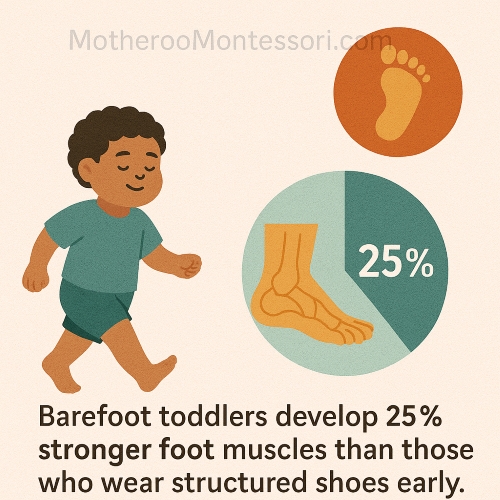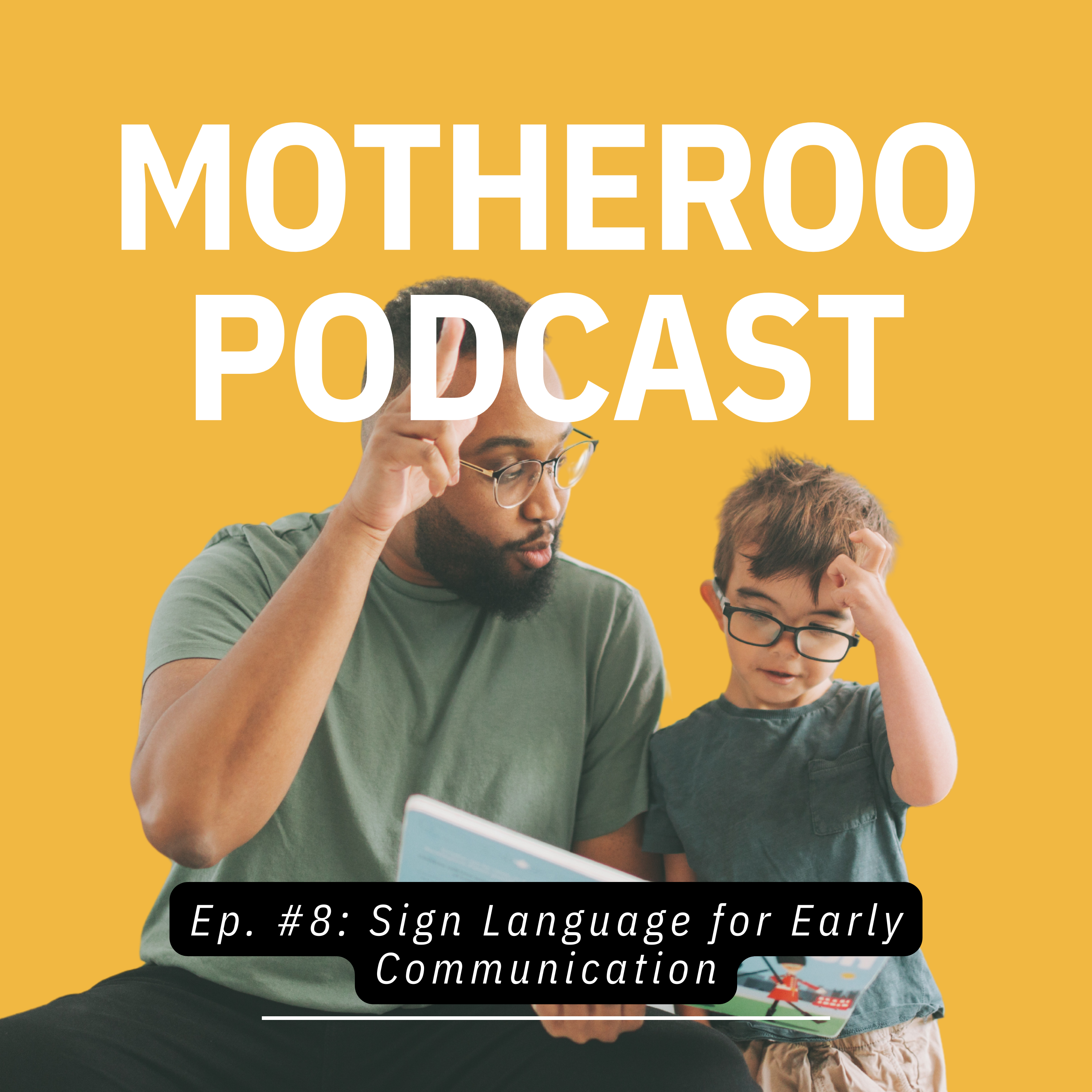In today’s consumer-driven world, children often find themselves surrounded by an overwhelming number of toys. While well-intentioned, this abundance may actually hinder rather than help a child’s development. Recent research has shed light on the benefits of a more minimalist approach to playtime. Let’s explore the scientific evidence behind why fewer toys can lead to better play experiences and developmental outcomes for children.
The Problem of Toy Overload
A study published in Infant Behavior and Development found that an environment with fewer toys leads to higher quality play for toddlers. The researchers observed that when children were presented with fewer toys, they engaged in longer periods of play with a single toy, allowing for better focus and more creative exploration.
Benefits of Fewer Toys
Enhanced Creativity and Imagination
When children have access to fewer toys, they tend to play more creatively. A study conducted at the University of Toledo revealed that toddlers who were exposed to fewer toys played longer and more creatively with each toy compared to those who had access to many.
Improved Attention Span
The same University of Toledo study found that children with fewer toys demonstrated longer periods of focus. This sustained engagement may help children develop their attention skills, which are crucial for cognitive development, problem-solving, and communication.
Better Social Skills
Research suggests that having fewer toys can lead to improved social interactions among children. With fewer toys available, children are more likely to engage in cooperative play and develop important social skills like sharing and negotiation.
Implementing a Minimalist Toy Approach
Toy Rotation System
One effective strategy for managing toy abundance is implementing a toy rotation system. This Montessori-inspired approach involves storing some toys out of sight and only having a select number available at any given time. This method has been shown to encourage more creative and focused play.
Quality Over Quantity
When selecting toys, prioritize open-ended toys that encourage imagination and problem-solving. Research indicates that these types of toys promote longer periods of engagement and more sophisticated play.
Conclusion
The evidence is clear: when it comes to toys, less can indeed be more. By limiting the number of toys available to children, we can create an environment that fosters creativity, improves focus, and enhances social skills. As parents and caregivers, we have the power to shape our children’s play experiences in ways that support their overall development and well-being.
By adopting a more mindful approach to toy selection and availability, we can help our children reap the benefits of a less cluttered play environment, setting them up for success in their cognitive, social, and emotional development.
Citations
“Can Too Many Toys Harm a Child’s Development?” by Anamalz
https://www.anamalz.com/blogs/ramblings/can-too-many-toys-harm-a-child-s-development
“What Happens When Your Kids Have Too Many Toys” by It’s My Favorite Day
https://www.itsmyfavoriteday.com/too-many-toys/
“When too many toys are a big distraction” by First Five Years
https://www.firstfiveyears.org.au/early-learning/when-too-many-toys-are-a-big-distraction
“Less Is More: Toys and Their Impact on Children’s Cognitive and Neurological Development” by JCFS
https://www.jcfs.org/blog/less-more-toys-and-their-impact-childrens-cognitive-and-neurological-development
“Why a Minimalist Playroom is Better for Kids” by Rachel Jones, Nourishing Minimalism
https://nourishingminimalism.com/minimalist-playroom-better-kids/
“How to Declutter Toys: Tips from a Minimalist Mom” by Hello Brio
https://www.hellobrio.com/blog/declutter-toys
“How to Declutter Toys (and Keep It That Way)” by Modern Minimalism
https://modernminimalism.com/how-to-declutter-toys/
“Too many toys can be bad for kids” by Study Finds
https://studyfinds.org/too-many-toys-bad-for-kids/












